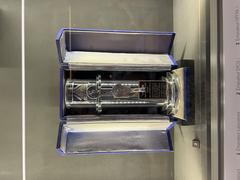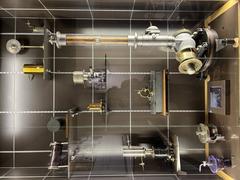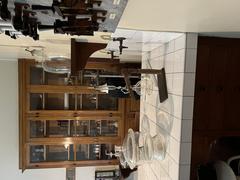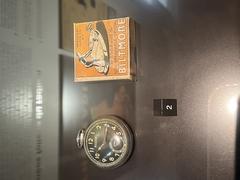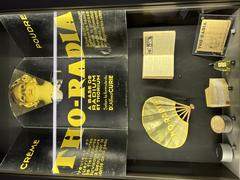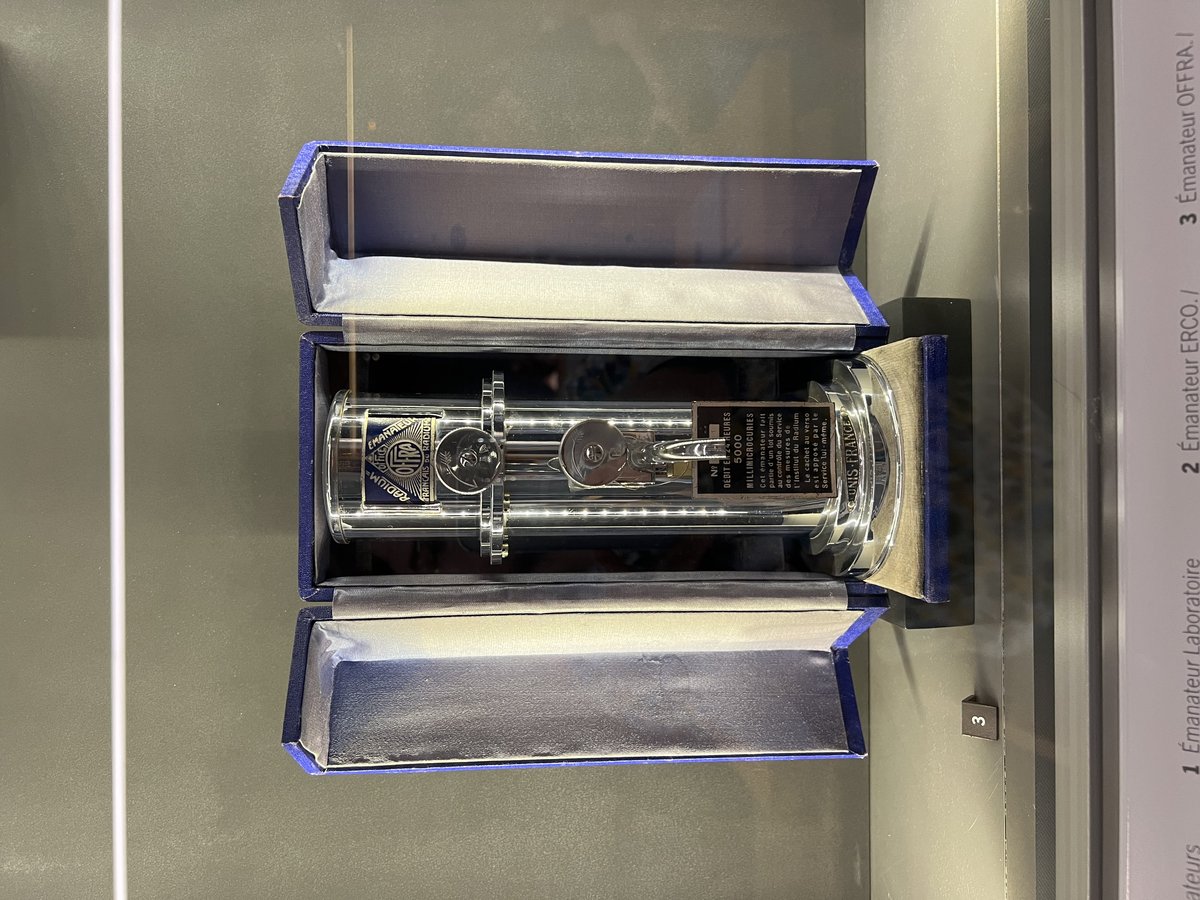
Musée Curie Paris: Visiting Hours, Tickets, and Visitor Guide
Date: 14/06/2025
Introduction
Nestled in the vibrant 5th arrondissement of Paris, the Musée Curie stands as a testament to the life and groundbreaking work of Marie Curie and her illustrious family. Housed in the original Curie Pavilion of the Institut du Radium, this museum offers an unparalleled journey into the evolution of radioactivity research and its profound medical applications. Whether you are a science enthusiast, a student, or a traveler eager to explore Paris’s historical sites, the Musée Curie promises an enriching experience that blends scientific heritage, cultural history, and innovation.
For up-to-date information on visiting hours, tickets, and special programs, consult the Musée Curie official website and explore further resources like Google Arts & Culture.
Historical Overview and Museum Setting
Origins and Location
The Musée Curie is located at 1 rue Pierre et Marie Curie, within the historic Latin Quarter, close to landmarks such as the Panthéon and Luxembourg Gardens. The museum occupies the ground floor of the Curie Pavilion, part of the historic Institut du Radium where Marie Curie conducted pioneering research from 1914 until her death in 1934. The Radium Institute, established between 1911 and 1914 by the University of Paris and the Institut Pasteur, was created to advance research into radioactivity and its medical uses (Musée Curie official site, Wikipedia).
The Curie Family Legacy
Marie Curie, born Maria Sklodowska in Warsaw, was one of history’s most renowned scientists. She became the first person to win Nobel Prizes in two different sciences: Physics (1903, shared with Pierre Curie and Henri Becquerel) and Chemistry (1911). The Curie family legacy continued with her daughter, Irène Joliot-Curie, and son-in-law, Frédéric Joliot-Curie, who won the Nobel Prize in Chemistry in 1935 for their discovery of artificial radioactivity (Google Arts & Culture).
Museum Collections and Scientific Heritage
Laboratory and Exhibits
Visitors can explore Marie Curie’s preserved chemistry laboratory and personal office, featuring original scientific instruments used to isolate polonium and radium. Notable artifacts include:
- The Cloud Chamber: Visualizes radioactive particles.
- The Leaden Box: Used for radium storage, symbolizing both the promise and risks of early radioactivity research.
- Curietherapy Equipment: Early devices for brachytherapy, reflecting the Radium Institute’s trailblazing role in cancer treatment.
- Personal Belongings: Marie Curie’s desk, notebooks, and correspondence offering insights into her daily work.
The museum also displays early consumer products containing radioactive materials, highlighting the evolving understanding of radioactivity’s benefits and dangers (Atlas Obscura).
Preservation Efforts
After Marie Curie’s death, her laboratory and office were preserved as sites of memory. The museum underwent significant restoration and decontamination in 1981, ensuring visitor safety. Further renovations in 2012, funded by Ève Curie’s legacy, have kept the original spaces authentic. Some materials, such as Marie Curie’s notebooks, remain radioactive and are securely archived (Google Arts & Culture).
Visiting Information
Opening Hours and Admission
- Open: Wednesday to Saturday, 1:00 PM – 5:00 PM
- Closed: Sundays, Mondays, Tuesdays, public holidays (May 1, 8, 29; November 1), entire August, and winter holidays (December 21, 2025 – January 6, 2026)
- Last Entry: 10 minutes before closing (4:50 PM); may close earlier on busy days
- Admission: Free for all visitors; no tickets required for the permanent exhibition (museum tariffs)
Group Visits
- Groups of 10+ require advance reservations (group visit info)
- Maximum 32 people in the permanent exhibition at once
- Recommended visit duration: 50 minutes to one hour
Accessibility
- Elevator access available for visitors with reduced mobility; advance notice recommended (accessibility details)
- Bilingual content in French and English
Facilities
- Restrooms onsite
- No café, restaurant, lockers, or cloakroom—travel light and plan meals before or after your visit
- No public Wi-Fi
- Non-flash photography generally allowed; confirm with staff on arrival
Getting There
- RER B: Luxembourg station (7-minute walk)
- Metro: Place Monge (Line 7) or Cardinal Lemoine (Line 10)
- Bus: Lines 21, 24, 27, 38, 75, 82, 84, 89
- Parking: Closest public parking at 18/19 rue Soufflot
- Entry Points: Wednesday–Friday via Curie Campus gate at 11 rue Pierre et Marie Curie; Saturday via main entrance at 1 rue Pierre et Marie Curie (museum access details)
What to Expect During Your Visit
Atmosphere and Ambience
Experience the authentic early 20th-century laboratory environment, with original furnishings and scientific apparatus. The museum’s intimate scale (average visit duration: one hour) encourages focused exploration and reflection, without the crowds typical of larger Paris museums.
Exhibitions
- Permanent Exhibition: Preserved office and laboratory with scientific instruments, archival documents, and personal items.
- Garden: Tranquil space created by Marie Curie, featuring portraits by street artist C215.
- Temporary Exhibitions: Occasional themed events or displays; check the official site for updates.
Educational Programs
- Guided tours and family workshops (primarily in French; English support available by request)
- Flash visits (short, focused introductions to key exhibits)
- Participation in national events like Nuit des Musées, with nocturnal visits and special programming
Accessibility and Language
- Bilingual museum panels (French and English)
- Staff can assist with basic English; polite greetings (“Bonjour”) appreciated
Visitor Services
- Restrooms on site
- No food or drink permitted
- No storage for coats or bags
Practical Tips
- Visit early in the day or midweek to avoid crowds
- Wear comfortable shoes for walking in the museum and the Latin Quarter
- Combine your visit with nearby attractions: Panthéon, Jardin du Luxembourg, Sorbonne
- Contact the museum ahead for accessibility accommodations or to book guided tours
Frequently Asked Questions (FAQ)
Q: Is admission to the Musée Curie free?
A: Yes, admission to the permanent exhibition is free for all visitors.
Q: What are the opening hours?
A: Wednesday to Saturday, 1:00 PM – 5:00 PM. Closed Sundays, Mondays, Tuesdays, select holidays, all of August, and during winter break.
Q: Is the museum accessible for visitors with mobility impairments?
A: Elevator access is available; contact the museum in advance for details.
Q: Are guided tours available?
A: Yes, primarily in French; English tours may be arranged with advance notice.
Q: Can I take photos?
A: Non-flash photography is generally permitted; check staff guidance.
Q: How do I get there by public transport?
A: RER B (Luxembourg), Metro lines 7 or 10, and several bus routes provide easy access.
Summary Table: Key Visitor Information
| Feature | Details |
|---|---|
| Location | 1 Rue Pierre et Marie Curie, 75005 Paris |
| Admission | Free |
| Ticketing | No advance ticket required; group bookings recommended |
| Opening Hours | Wed–Sat, 1:00 PM–5:00 PM (check official site for updates) |
| Duration | About 1 hour |
| Accessibility | Elevator available; prior notice recommended |
| Language | French & English signage |
| Facilities | Restrooms only; no café, lockers, or cloakroom |
| Nearby Attractions | Panthéon, Jardin du Luxembourg, Latin Quarter |
| Public Transport | Metro lines 7 & 10, RER B, multiple bus routes |
Nearby Attractions and Further Exploration
Contact and More Information
- Phone: +33 (0)1 56 24 55 33 (Wed–Sat, 1:00 PM–5:00 PM)
- Online Contact: museum website
- Social Media: Links available on official site
Conclusion
The Musée Curie offers a compelling journey through the history of scientific discovery and the enduring legacy of the Curie family. By preserving Marie Curie’s laboratory and personal workspace, the museum provides an authentic and immersive experience that highlights both the triumphs and challenges of early radioactivity research. Its central location, free admission, and educational programs make it an accessible and rewarding destination for anyone interested in science, history, or Parisian culture.
For the most current visiting information, hours, and events, always consult the official Musée Curie website. Enhance your visit with audio guides like those offered by the Audiala app, and explore more of Paris’s scientific and historical sites.
Sources
- Musée Curie official website
- Sortir à Paris – The Curie Museum and Family Nobel Prizes
- WhichMuseum – Musée Curie Visitor Guide
- Visit Paris Region – Musée Curie
- Google Arts & Culture – Marie Curie’s Office at Musée Curie
- Atlas Obscura – Musée Curie
- Musée Curie Official Site – Archives and Collections
